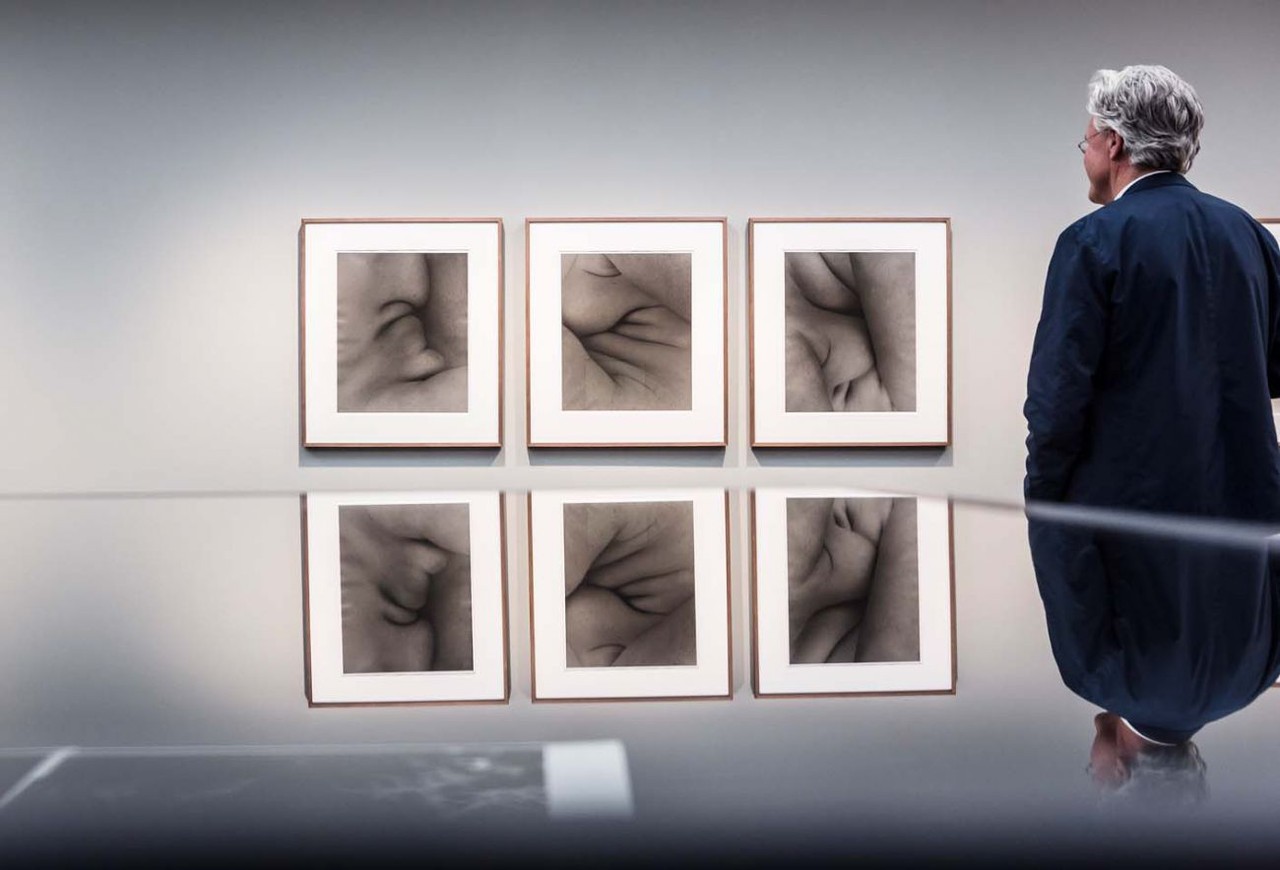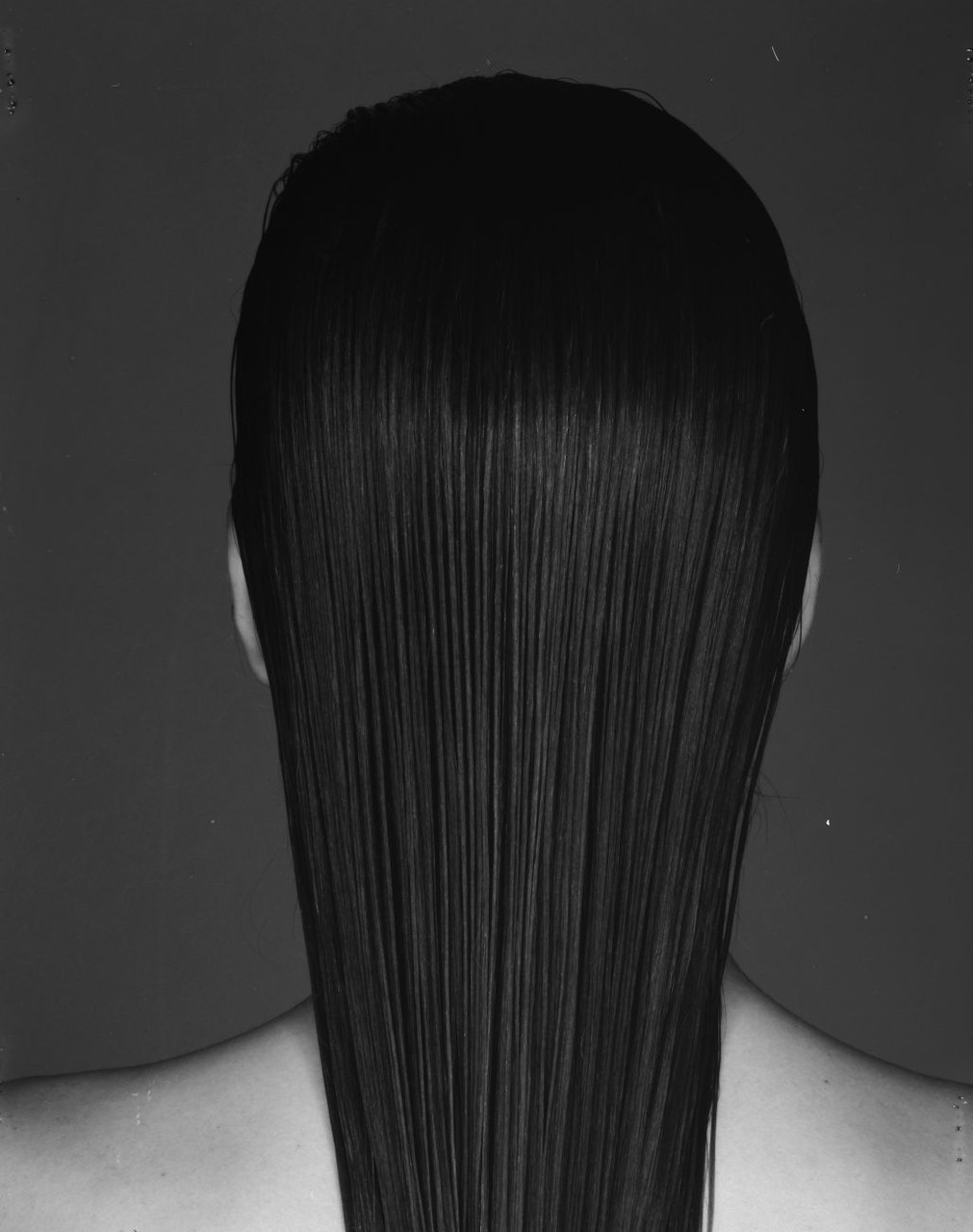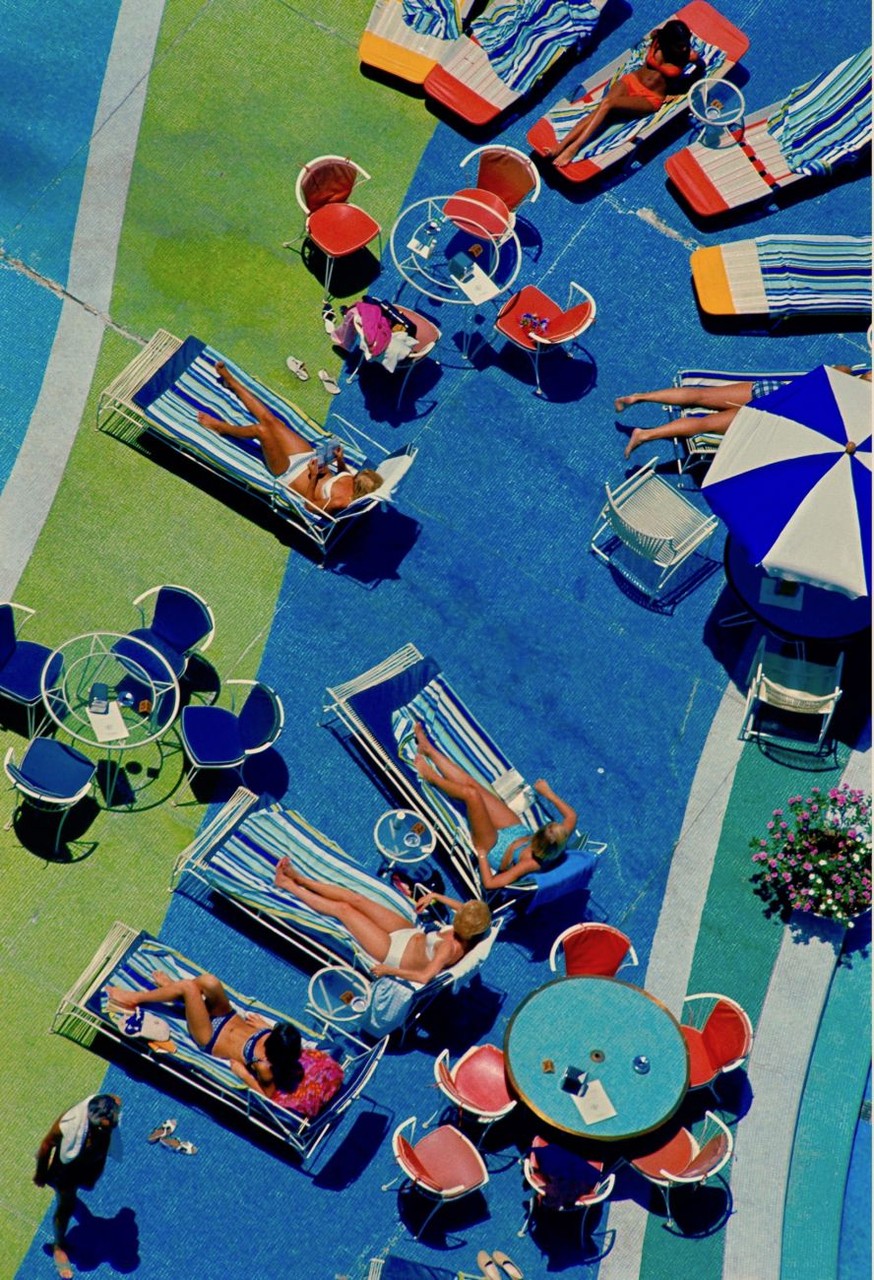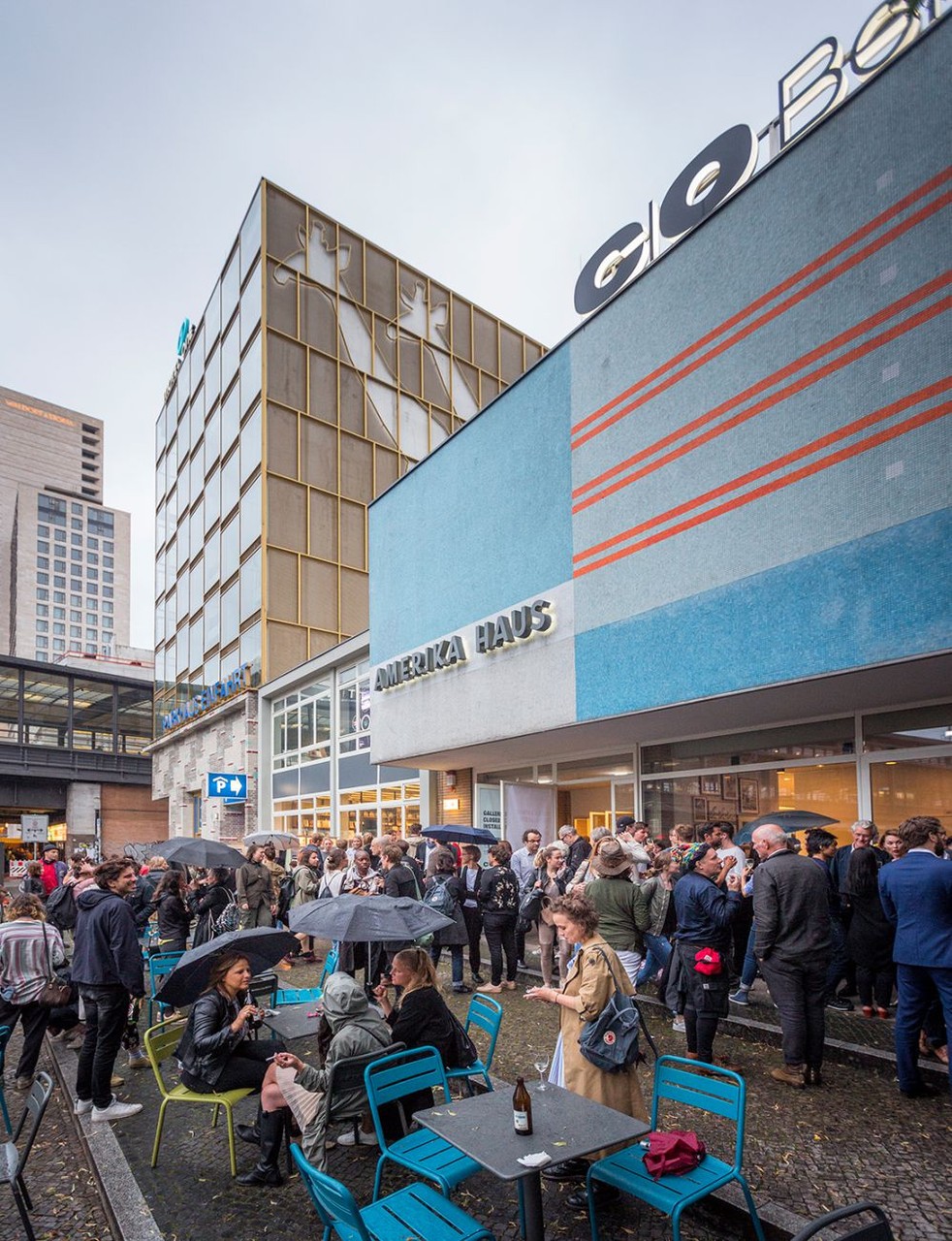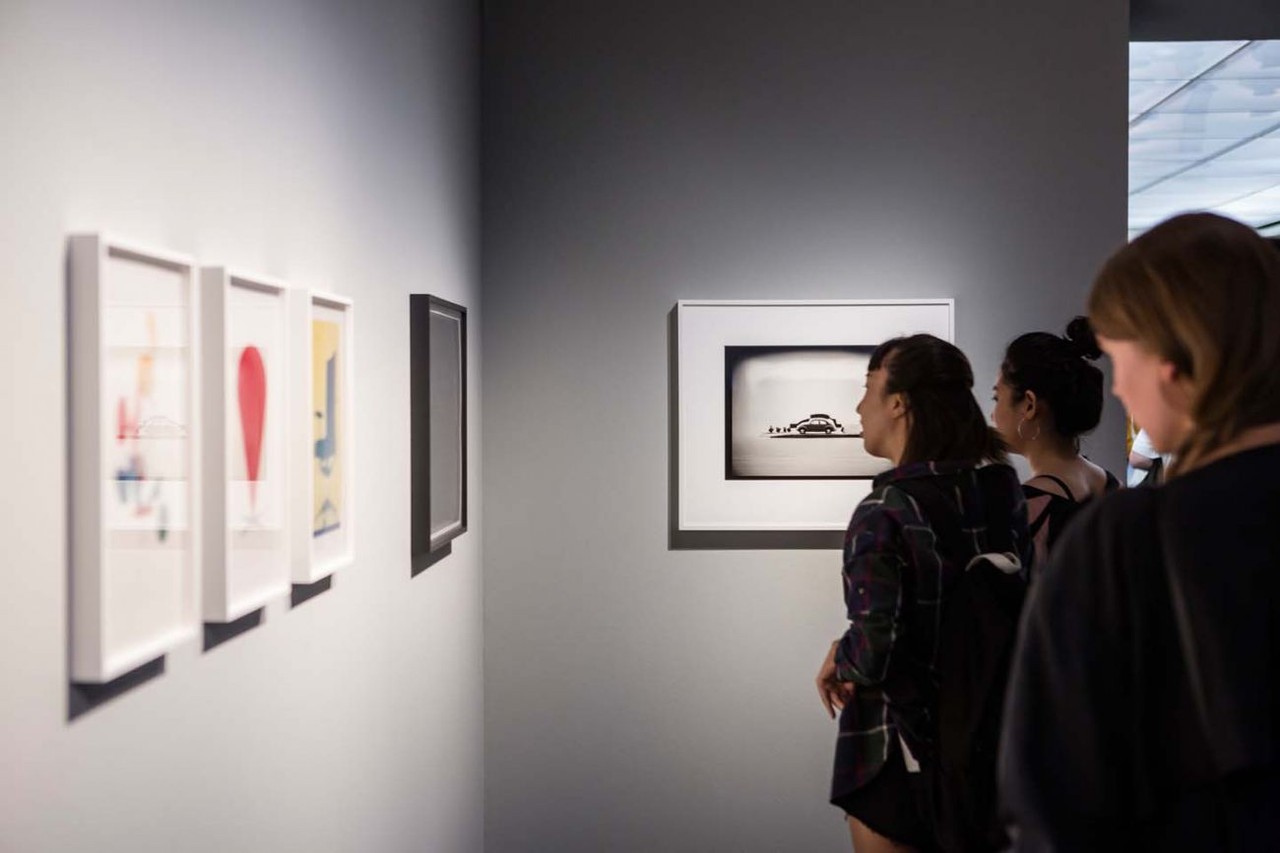Hans Hansen
Still Life
13 Jul - 10 Sep 2017
HANS HANSEN
Still Life
13 July – 10 September 2017
A VW Golf, built in 1988, neatly dismantled into around 7,000 pieces, graphically arranged glass blocks, the silhouette of a flower, or the captured image of a Japanese wooden mask—Hans Hansen’s view of things is greatly reduced, linear, and simultaneously full of energy. He always treats industrially manufactured products, natural objects, and everyday objects with the same precision and dedication. Technical accuracy and graphic minimalism lend the objects a visual life. Since the 1960s hardly any other photographer in the profession has shaped our perception of the everyday world of things as decisively as Hans Hansen.
Hansen was one of the first photographers to set new aesthetic standards in both independent and applied photography, and to this day, he has been able to combine both fields equally. In 1968 he captured a dismantled Beetle for the well-known Volkswagen campaign by the New York-based agency Doyle Dane Bernbach. In the late 1980s he repeated this project with a Golf on behalf of VW. With this work he gained international recognition and linked advertising photography with visual art and design for the first time. Hans Hansen prefers to capture inanimate things. The objects in his images are always radically isolated and perfectly illuminated—an absolute must for Hansen. Regardless of whether he photographs products for Porsche, Erco, or Vitra, they are always arranged and structured to meticulously compare the form, colors, and the material of the objects. In addition, his photographs are often created using the positive-negative process.
His focus on materials such as glass and water led to commissions for Tapio Wirkkala and the photo series Glaswasser, in which he visually relates the two organic substances. Hansen’s black-and-white images of hair, convoluted bodies, and carrier snails, as well as his color images of vegetables, fruit, or plant models visualize his fascination for the materiality of individual objects. Characteristic of Hansen’s artistic approach is his minimalistic dramaturgy of light, with which he creates graphic forms and idiosyncratic architectural structures. While he considers his commissioned work to be in the realm of applied photography, in the past few years he has increasingly devoted himself to independent studio photography, which he describes it as an experimental field and creative space where he can play with forms and light, bringing natural objects and human artifacts to the fore.
C/O Berlin is presenting the varied work of this German photographer in Hans Hansen . Still Life, which includes both his independent and commissioned works. The selection offers an overview of the material and sensual quality of his objects, as well as of his artistic and technical production of images, leading us through the visualization of still-life photography of industrial, artisanal, and natural objects.
The exhibition was curated by Felix Hoffmann and Hendrik Schwantes. An accompanying book will be published by Spector Books, Leipzig, with texts by Hartmut Böhme, Hannes Böhringer, Falk Haberkorn, Axel Kufus, Juhani Pallasmaa, and Anna Voswinckel.
Hans Hansen born in 1940 in Bielefeld, studied “applied graphics” at the Düsseldorf Art Academy after an apprenticeship as a lithographer. He is a self-taught photographer. Since the beginning of the sixties, he has been working as an independent photographer in Hamburg for renowned companies such as American Express, Audi, Bulthaup, Daimler Benz, Dibbern, Erco, Kodak, Lufthansa, Siemens, Vitra, and VW. His images also appear in well-known German and international journals, specialist magazines and magazines such as GEO Magazin, Greenpeace Magazin, Mare, Stern, Süddeutsche Zeitung Magazin and Zeitmagazin.
Still Life
13 July – 10 September 2017
A VW Golf, built in 1988, neatly dismantled into around 7,000 pieces, graphically arranged glass blocks, the silhouette of a flower, or the captured image of a Japanese wooden mask—Hans Hansen’s view of things is greatly reduced, linear, and simultaneously full of energy. He always treats industrially manufactured products, natural objects, and everyday objects with the same precision and dedication. Technical accuracy and graphic minimalism lend the objects a visual life. Since the 1960s hardly any other photographer in the profession has shaped our perception of the everyday world of things as decisively as Hans Hansen.
Hansen was one of the first photographers to set new aesthetic standards in both independent and applied photography, and to this day, he has been able to combine both fields equally. In 1968 he captured a dismantled Beetle for the well-known Volkswagen campaign by the New York-based agency Doyle Dane Bernbach. In the late 1980s he repeated this project with a Golf on behalf of VW. With this work he gained international recognition and linked advertising photography with visual art and design for the first time. Hans Hansen prefers to capture inanimate things. The objects in his images are always radically isolated and perfectly illuminated—an absolute must for Hansen. Regardless of whether he photographs products for Porsche, Erco, or Vitra, they are always arranged and structured to meticulously compare the form, colors, and the material of the objects. In addition, his photographs are often created using the positive-negative process.
His focus on materials such as glass and water led to commissions for Tapio Wirkkala and the photo series Glaswasser, in which he visually relates the two organic substances. Hansen’s black-and-white images of hair, convoluted bodies, and carrier snails, as well as his color images of vegetables, fruit, or plant models visualize his fascination for the materiality of individual objects. Characteristic of Hansen’s artistic approach is his minimalistic dramaturgy of light, with which he creates graphic forms and idiosyncratic architectural structures. While he considers his commissioned work to be in the realm of applied photography, in the past few years he has increasingly devoted himself to independent studio photography, which he describes it as an experimental field and creative space where he can play with forms and light, bringing natural objects and human artifacts to the fore.
C/O Berlin is presenting the varied work of this German photographer in Hans Hansen . Still Life, which includes both his independent and commissioned works. The selection offers an overview of the material and sensual quality of his objects, as well as of his artistic and technical production of images, leading us through the visualization of still-life photography of industrial, artisanal, and natural objects.
The exhibition was curated by Felix Hoffmann and Hendrik Schwantes. An accompanying book will be published by Spector Books, Leipzig, with texts by Hartmut Böhme, Hannes Böhringer, Falk Haberkorn, Axel Kufus, Juhani Pallasmaa, and Anna Voswinckel.
Hans Hansen born in 1940 in Bielefeld, studied “applied graphics” at the Düsseldorf Art Academy after an apprenticeship as a lithographer. He is a self-taught photographer. Since the beginning of the sixties, he has been working as an independent photographer in Hamburg for renowned companies such as American Express, Audi, Bulthaup, Daimler Benz, Dibbern, Erco, Kodak, Lufthansa, Siemens, Vitra, and VW. His images also appear in well-known German and international journals, specialist magazines and magazines such as GEO Magazin, Greenpeace Magazin, Mare, Stern, Süddeutsche Zeitung Magazin and Zeitmagazin.

